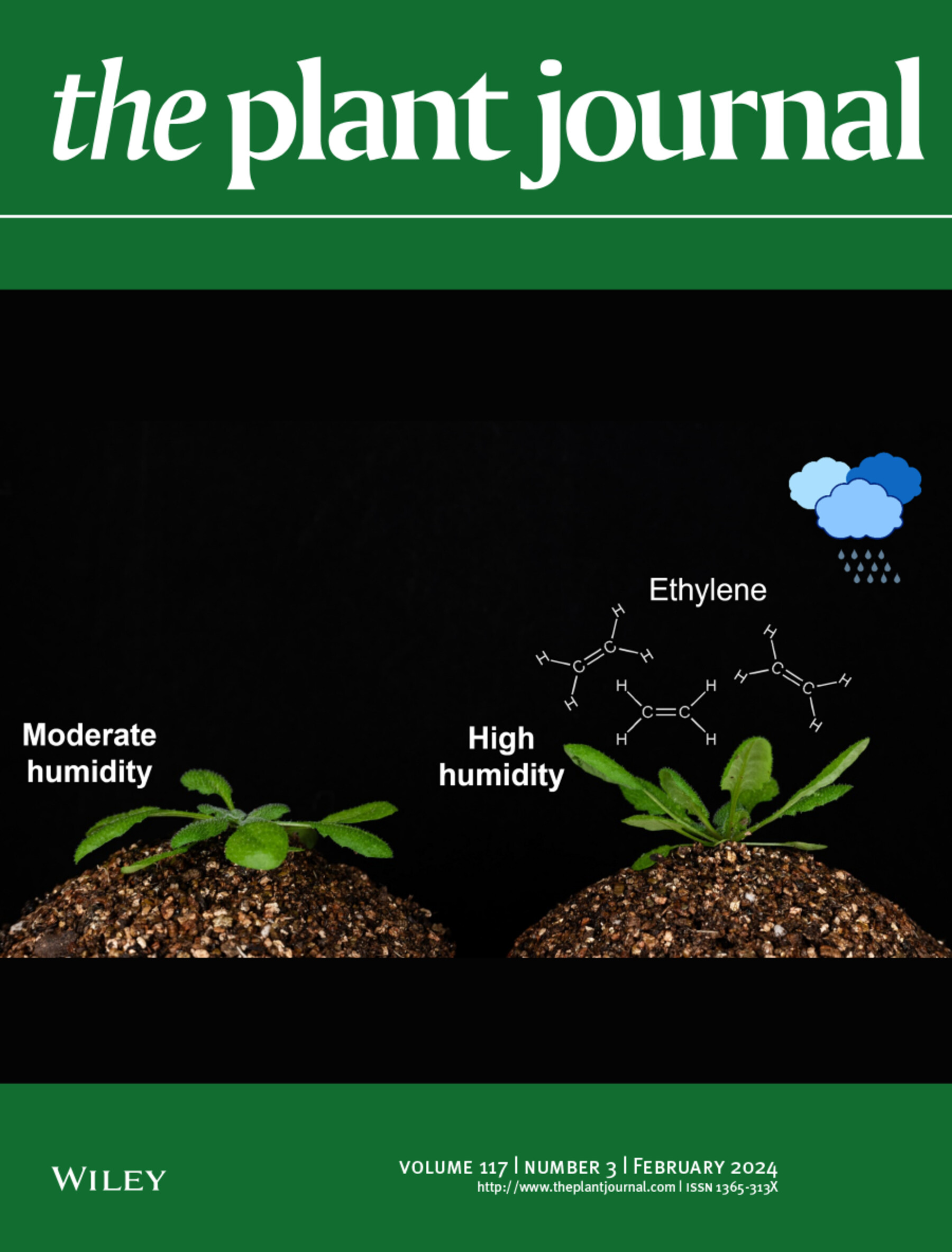Differential methylation of a retrotransposon upstream of a MYB gene causes variegation of lettuce leaves, which is abolished by the presence of an (AT)5 repeat in the promoter
Abstract
Variegation, a common phenomenon in plants, can be the result of several genetic, developmental, and physiological factors. Leaves of some lettuce cultivars exhibit dramatic red variegation; however, the genetic mechanisms underlying this variegation remain unknown. In this study, we cloned the causal gene for variegation on lettuce leaves and elucidated the underlying molecular mechanisms. Genetic analysis revealed that the polymorphism of variegated versus uniformly red leaves is caused by an “AT” repeat in the promoter of the RLL2A gene encoding a MYB transcription factor. Complementation tests demonstrated that the RLL2A allele (RLL2AV) with (AT)n repeat numbers other than five led to variegated leaves. RLL2AV was expressed in the red spots but not in neighboring green regions. This expression pattern was in concert with a relatively low level of methylation in a retrotransposon inserted in −761 bp of the gene in the red spots compared to high methylation of the retrotransposon in the green region. The presence of (AT)5 in the promoter region, however, stabilized the expression of RLL2A, resulting in uniformly red leaves. In summary, we identified a novel promoter mechanism controlling variegation through inconsistent levels of methylation and showed that the presence of a simple sequence repeat of specific size could stabilize gene expression.

 求助内容:
求助内容: 应助结果提醒方式:
应助结果提醒方式:


